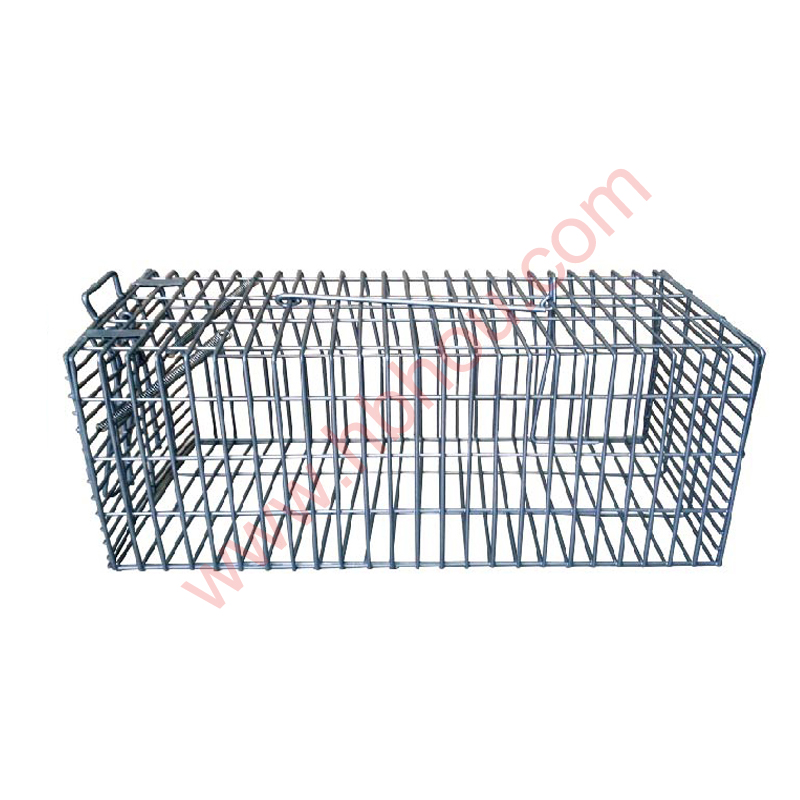When it comes to installing fence posts, one of the primary decisions that homeowners and builders face is whether to use a dry set or a wet set method. Both techniques have their pros and cons, and the choice largely depends on specific project requirements, soil conditions, and personal preferences.
Dry Set Fence Posts
The dry set method involves placing fence posts into the ground without the use of concrete or any wet setting materials. Typically, posts are placed directly into holes that have been digged out using a post hole digger. After the post is positioned, gravel may be added around the base to provide stability and drainage.
One significant advantage of dry set fence posts is that they are relatively easy and quick to install. Because there is no need to mix or pour concrete, a homeowner can complete the job in a fraction of the time. Additionally, dry set methods can be more forgiving in terms of adjusting post alignment, as the posts can easily be moved until the desired position is achieved.
Moreover, the risk of freezing is minimized with the dry set method. In colder climates, wet concrete can expand and contract with temperature changes, potentially causing cracks or structural instability. In contrast, gravel used in the dry set method can drain water effectively, reducing the chances of frost heaving.
However, dry set posts may not provide the same level of stability and sturdiness as wet set posts, especially in areas with high winds or loose, sandy soil. The resistance against lateral forces may not be as reliable, leading to leaning or other structural problems over time.
Wet Set Fence Posts
dry set vs wet set fence posts

On the other hand, wet set fence posts involve the use of concrete to secure the posts in place. In this method, the post is placed in a pre-dug hole, and then concrete is poured around the post to create a firm and stable base. The concrete cures and hardens over time, providing a strong anchor for the posts.
The primary benefit of using the wet set method is the increased stability and durability it offers. The cured concrete forms a solid foundation that is less likely to shift over time, making it ideal for heavier fences or those in high-wind areas. Wet set posts are also typically less vulnerable to the effects of soil erosion, leading to a longer-lasting installation.
However, the wet set method has its downsides as well. The installation process can be more labor-intensive and time-consuming. Mixing concrete, pouring it, and allowing it to cure requires patience and effort. In addition, using wet concrete means that the installation must be planned around weather conditions, as rain can hinder the curing process or even wash away unset concrete.
Choosing Between Dry Set and Wet Set
Ultimately, the choice between dry set and wet set fence posts will depend on a variety of factors. Homeowners must consider the specific conditions of their property, including soil type, climate, and whether the fence will face strong winds or other challenging conditions. Personal preferences regarding installation methods and time commitment also play a role.
For those looking for a quick and easy installation and who live in relatively mild conditions, dry set posts may be the way to go. However, individuals seeking a long-lasting, sturdy option that can withstand harsh elements may find that the additional labor and time required for the wet set method is worth it.
In conclusion, both dry set and wet set fence post methods have their unique advantages and disadvantages. By assessing your local conditions and evaluating your project goals, you can make an informed decision that will lead to a successful fence installation that meets your needs for years to come.
















